When dealing with commercial electrical installations, understanding the different service types and voltages available is crucial for safety, efficiency, and compliance with UK standards. This article explores the key aspects of commercial electrical services, focusing on the various types of electrical systems and their corresponding voltages used in commercial settings across the UK.
Types of Commercial Electrical Services
Single-Phase and Three-Phase Power Systems
The most common types of electrical service in commercial environments are single-phase and three-phase power systems. Single-phase power is typically used in smaller commercial locations with less demanding electrical needs, such as small shops, boutiques, and certain offices. It usually involves voltages up to 230 volts.
In contrast, three-phase power is essential for larger commercial facilities that require more robust electrical services. This includes manufacturing plants, large retail stores, and businesses that operate heavy-duty machinery. Three-phase systems generally use voltages of 400 volts, providing a more consistent and efficient power supply capable of handling higher loads.
High Voltage Services
For industrial-scale operations or facilities that require a substantial amount of power, high voltage services may be necessary. These systems typically start at 11,000 volts and can go up to 33,000 volts or more, depending on the specific needs of the facility. High voltage installations are complex and require specialised equipment and strict safety protocols.
Understanding Voltages in Commercial Settings
Standard Voltage Ranges
In the UK, the standard nominal voltages for commercial electrical services are 230 V for single-phase and 400 V for three-phase systems. It’s important for business owners and facilities managers to understand these standards to ensure that all electrical appliances and machinery are compatible and operate safely within these parameters.
Voltage Tolerance
UK voltage standards also include a tolerance range, allowing for slight variations in actual voltage. According to the UK Distribution Code, the supplied voltage should remain within plus or minus 10% of the nominal voltage. This means that for a 230 V system, the voltage can vary between 207 V and 253 V, while for a 400 V system, it may range from 360 V to 440 V.
Special Voltage Considerations
Some commercial facilities may require special voltage considerations due to the nature of the electrical devices or machinery they operate. For instance, data centres, which house servers and IT equipment, often need precise voltage levels to ensure the reliable operation of sensitive technology. Similarly, healthcare facilities require stable and reliable electrical services to safely run medical equipment.
Choosing the Right Service Type
Selecting the correct type of commercial electrical service is vital for the operational efficiency and safety of any business. This decision should be based on the electrical load requirements, the nature of the business, and future scalability needs. Consulting with a professional electrical engineer or a certified commercial electrician can provide valuable guidance in making the right choice.
For businesses, understanding the types of commercial electrical services and the specifics of voltage requirements is more than a compliance issue—it’s a critical component of operational strategy. Whether you are setting up a new facility or upgrading an existing one, ensuring that your commercial electrical installations meet UK standards not only enhances safety but also optimises performance. For further assistance, consider engaging with a professional service that specialises in commercial electrical solutions – contact us for more information on our commercial services.


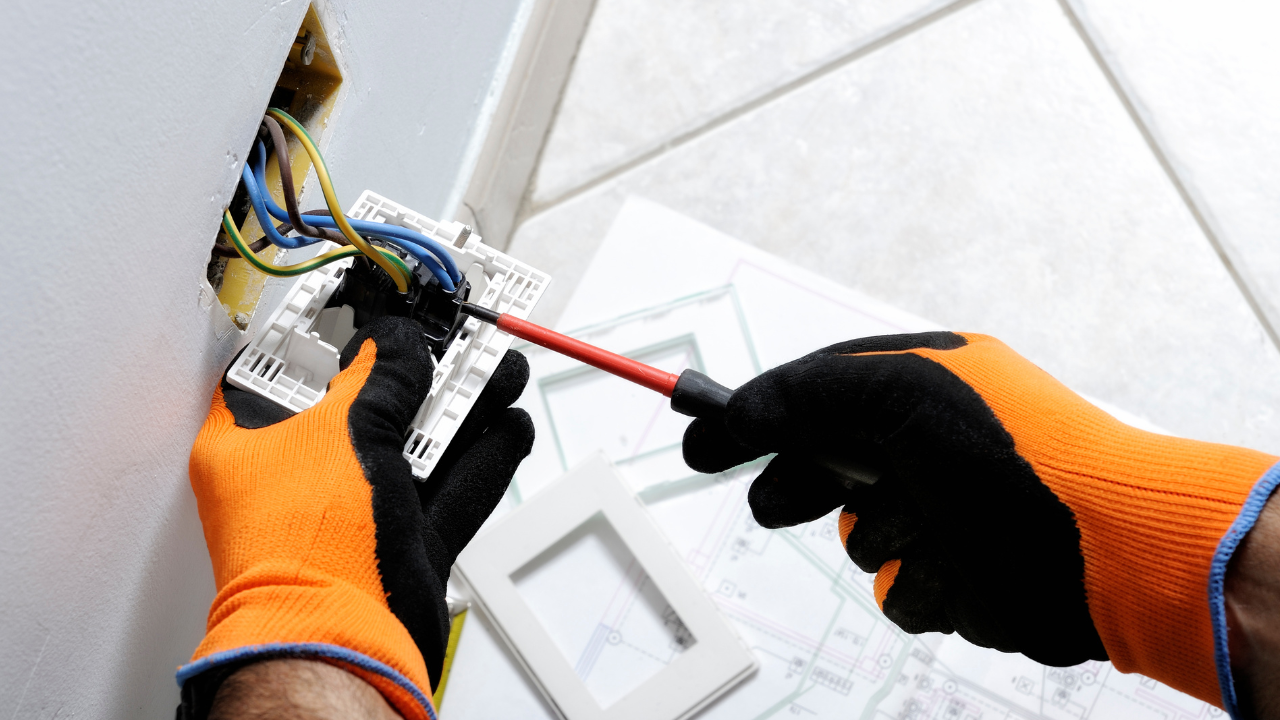
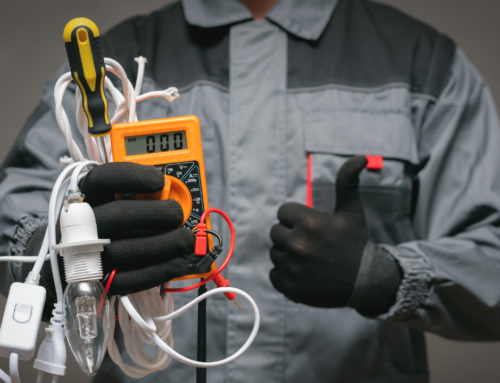
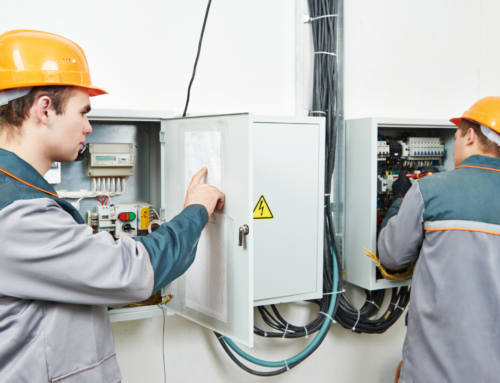
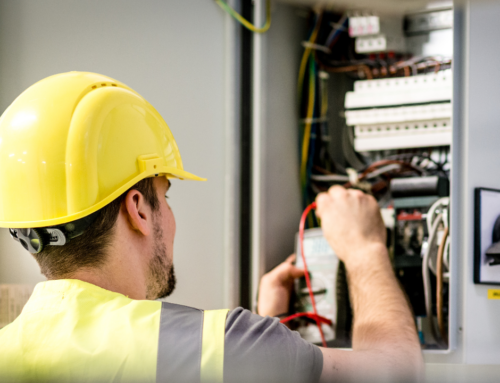
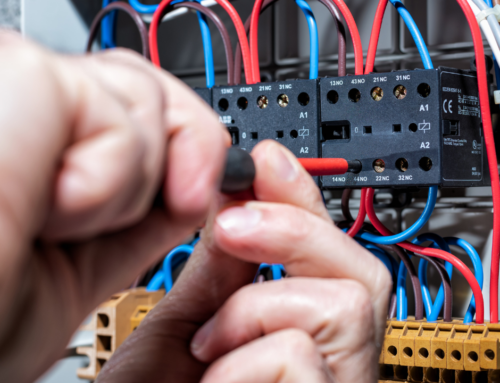
Leave A Comment